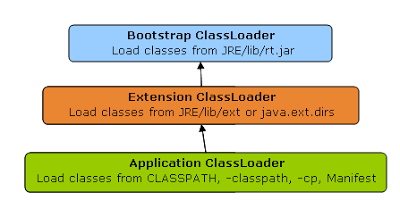Design a parking lot using object-oriented principles?

To design the parking lot system , we will make our own assumption to start with . So that we could keep our design simple and easy to grasp what is happening . As we would be done with the development as per our first assumption. We will gradually increase the dimension of our assumption and enhance the system accordingly. Our assumption are as below: 1) Parking lot is only ground floor , so there is no multiple level i.e there is only one level. 2) Parking lot has three different kind of parking lot : small parking lot, medium parking lot and large parking lot. 3) There are three different kind of vehicle which needs to be parked. 4) Motorcycle needs to be parked in small parking lot , car needs to be parked in medium parking lot and bus needs to be parked in large parking lot. As we can see that motorcycle and bus all comes in the category of vehicle. So we will be using the inheritance property of OOPS and will create vehicle abstract class and will keep ...






